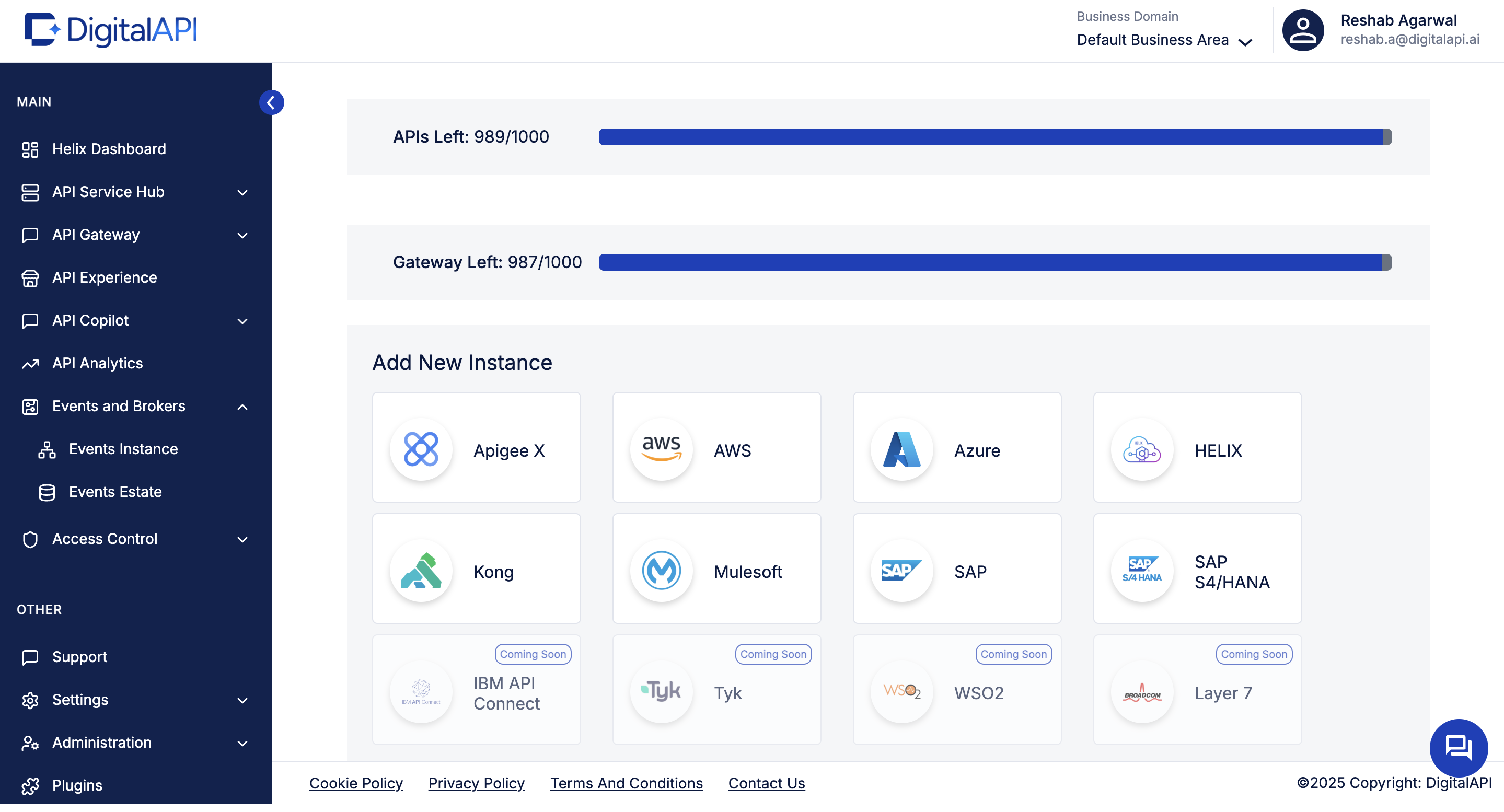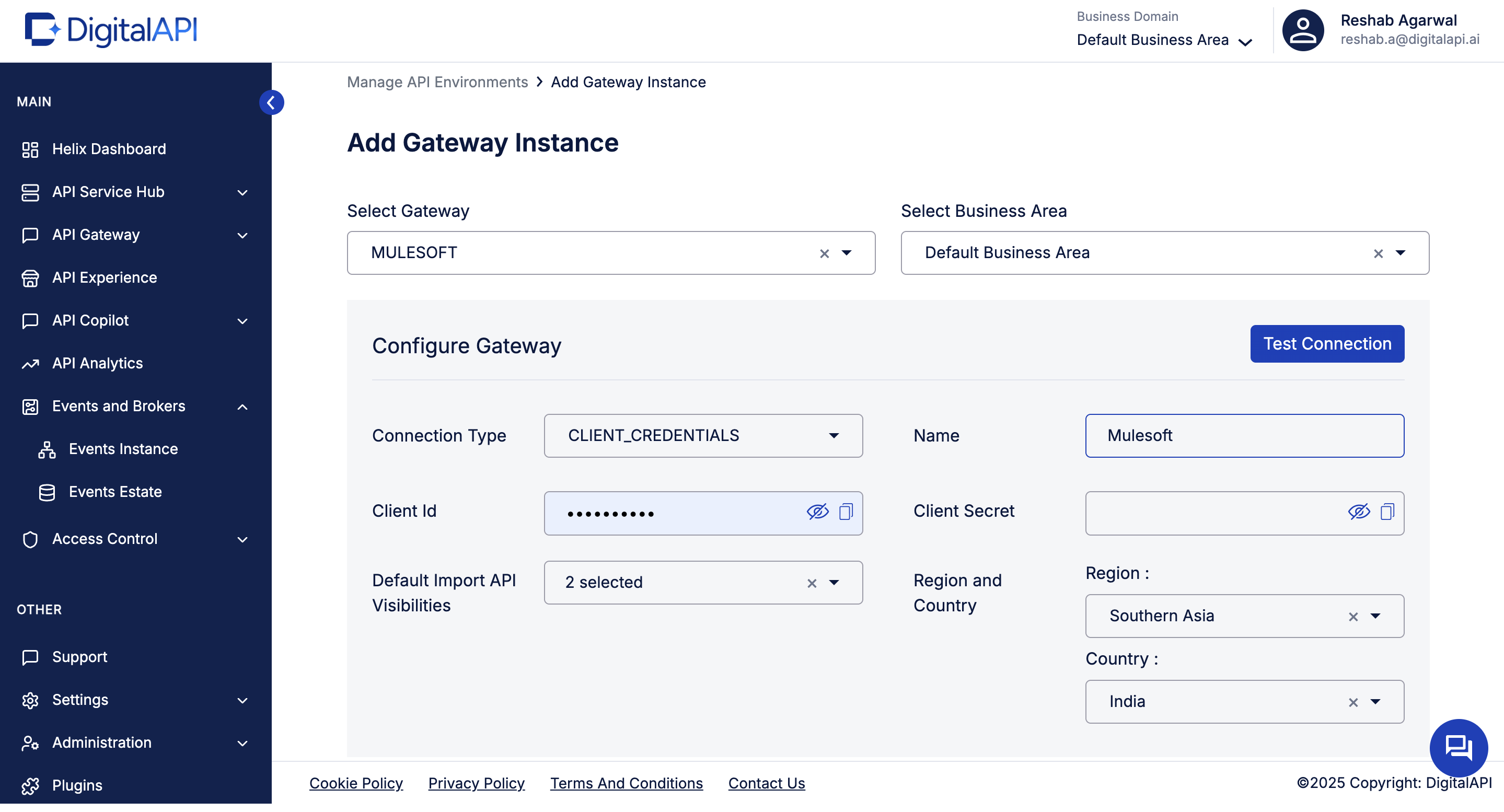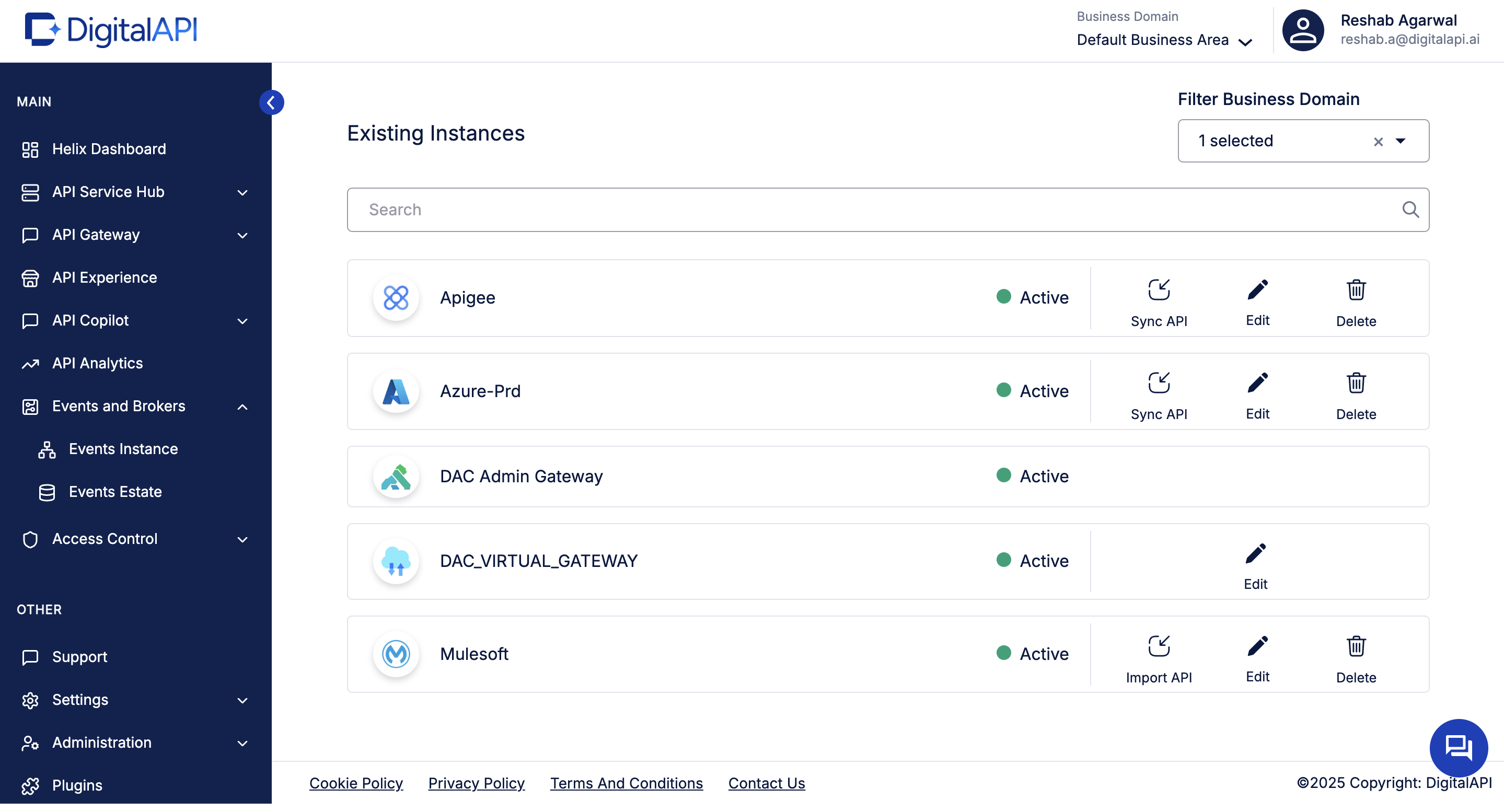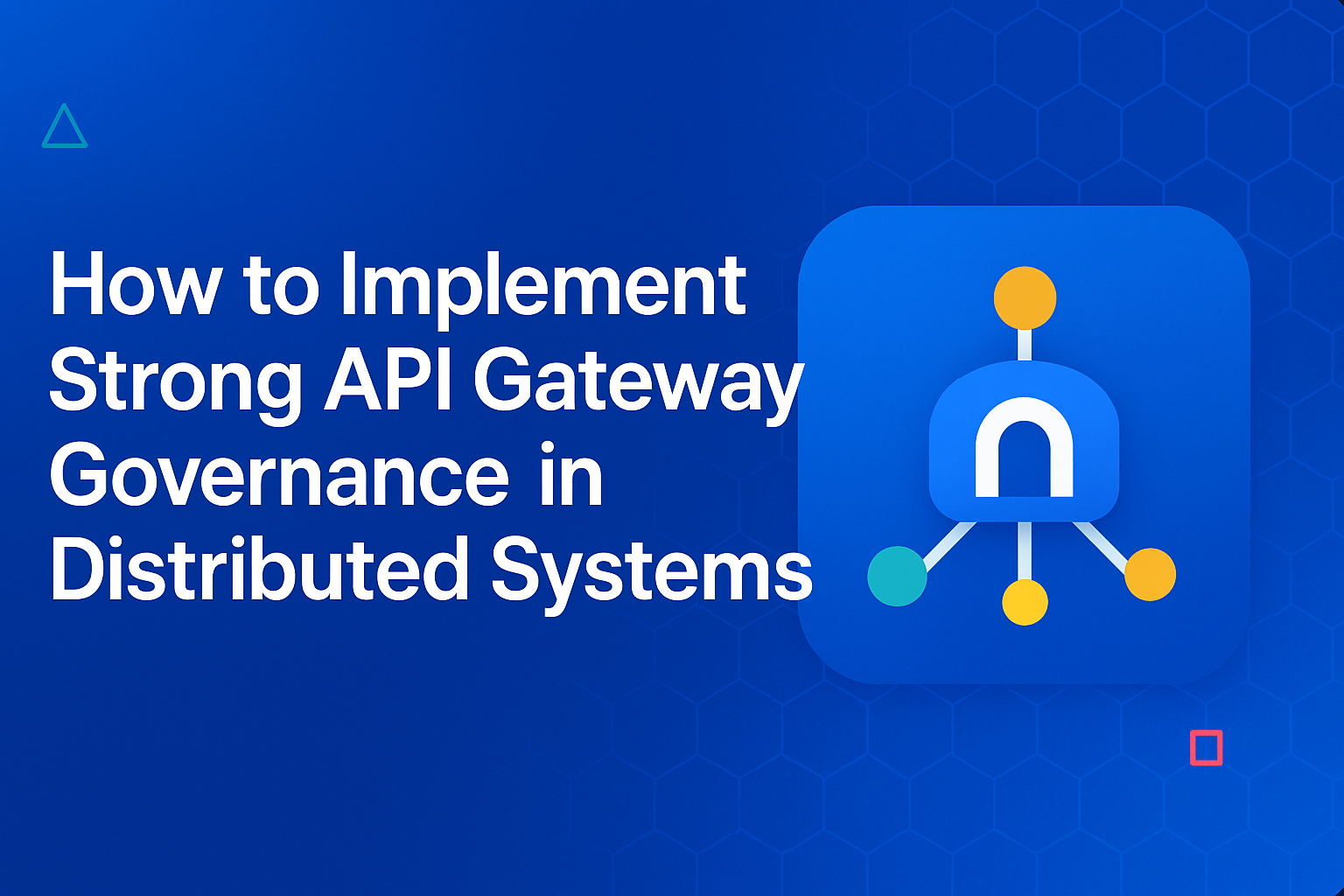
Cataloging MuleSoft APIs should be straightforward, but once your Anypoint estate spreads across business groups, environments, and teams, the process quickly becomes messy. Exchange, API Manager, and API Community Manager work well within the MuleSoft ecosystem, yet most enterprises rely on Git, Postman, SwaggerHub, and other gateways. This fragmentation turns Exchange into “one more place to update,” leading to spec drift, scattered documentation, duplicate entries, and limited discoverability outside Anypoint.
This blog breaks down why large MuleSoft programs outgrow Anypoint Exchange alone and how to build a unified, always-in-sync catalog for your entire estate.
Why a modern portal is a better way to catalog MuleSoft APIs?
MuleSoft gives you solid building blocks (API Manager + Anypoint Exchange + API Community), but large API programs quickly hit a few predictable walls. Let's take a look at the major limitations that come with it.
1. Exchange visibility is great inside Anypoint, weak outside it
Anypoint Exchange is a curated catalog for MuleSoft assets, and it’s the right home for RAML/OAS specs that live in the platform. But many enterprises also design or store APIs in Git, Postman, SwaggerHub, or deploy on non-Mule gateways. Keeping Exchange “complete” usually means duplicating entries across tools.
2. Manual catalog upkeep doesn’t scale
Even with Anypoint’s support for OpenAPI/RAML, teams still rely on humans to publish, tag, and keep versions fresh. MuleSoft offers an API Catalog CLI to automate publishing into Exchange, which helps, but you still have to wire it into every repo/pipeline.
3. Specs and runtime drift
Anypoint Platform supports OAS 3.0 across design, publish, and manage. In practice, specs live in Exchange while runtime instances live in API Manager, and they don’t always stay perfectly aligned unless teams enforce strict processes.
4. Multi-gateway programs need a unified estate
If your org uses MuleSoft plus AWS/Kong/Apigee/etc., Exchange becomes only a partial catalog. A unified catalog lets developers search and discover everything in one place, regardless of where it’s deployed.
5. Governance and discoverability need enrichment
Exchange metadata is useful, but most orgs want richer domain models (capabilities, products, owners, SLAs, data classifications). Without automation, enrichment becomes another manual chore.
.png)
Step-by-step: How to catalog MuleSoft APIs in a unified portal with DigitalAPI
DigitalAPI gives you one unified portal to auto-pull MuleSoft APIs and keep them in sync without duplicate upkeep. So developers can find what exists, teams can manage lifecycle centrally, and your full API estate stays visible in one place.
1. Select MuleSoft from API environments

In your portal’s API Environments (or Gateway Connections) page, choose MuleSoft / Anypoint Platform from the supported gateways list. This starts the connection flow so the portal can read from Exchange and/or API Manager.
2. Configure the Anypoint connection

Fill in all the required information like name, client id, client secret and region. You can also select defaul visibility of the APIs to ensure proper access to your developers.
3. Import MuleSoft APIs from Exchange and/or API Manager

Once the instance is added:
- Go to Existing Instances → MuleSoft
- Click Import API
Your portal will pull in API names, versions, specs, and metadata in one shot, no manual Swagger/RAML uploads.
4. View all cataloged MuleSoft APIs in your API estate

After import, MuleSoft APIs appear in your API Estate / Catalog view with:
- Name + version
- Visibility
- Tags/domains
- Linked spec
This is where MuleSoft APIs sit next to Postman/Git/other gateways, giving one searchable inventory.
.png)
FAQ
1. How do I catalog MuleSoft APIs quickly?
Connect your Anypoint Platform org to your portal using client/service credentials, then import APIs in bulk from Exchange and/or API Manager. Exchange is MuleSoft’s native catalog, so syncing from it provides a clean base.
2. Can MuleSoft APIs be cataloged automatically?
Yes. MuleSoft provides API Catalog CLI to automatically publish/discover APIs into Exchange via CI/CD. A unified portal can then auto-sync from Exchange/API Manager on a schedule.
3. What if my APIs aren’t all in MuleSoft?
That’s exactly why a unified catalog helps: you can bring MuleSoft APIs, OpenAPI specs from Git, Postman collections, and other gateways into one searchable estate, so developers don’t have to guess where to look.
You’ve spent years battling your API problem. Give us 60 minutes to show you the solution.
.svg)







